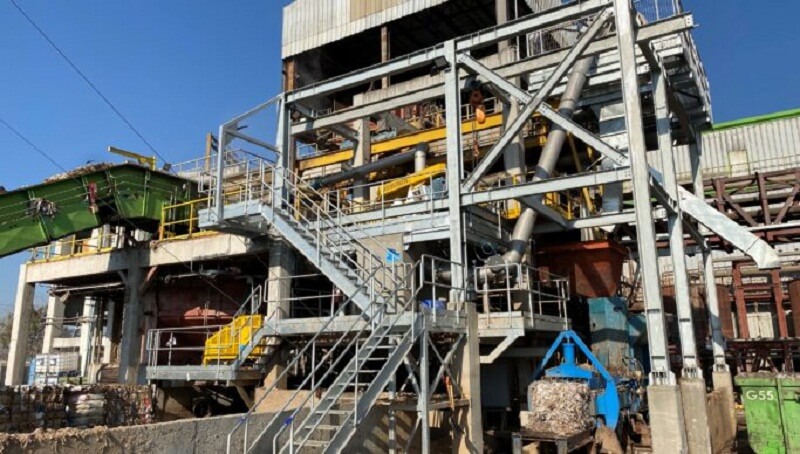Voith’s decontamination system will enable CPP to substantially increase the processing capacity of the waste contained in the recycled cardboard.
August 12, 2021

Compañía Papelera Pacífico (CPP) is a subsidiary of the Chilean Group Empresas Coipsa. With another subsidiary of Empresas Coipsa – Unipapel, the company manufactures corrugated paper as well as high-performance fiber for the sustainable packaging industry in Latin America. Both of these companies have a total production capacity of above 200,000 TPA of corrugated paper.
Watch: PAPER MART NEWS ROUNDUP
Voith has signed a contract with CPP in Chile to furnish a new decontamination system at the mill in San Francisco de Mostazal.
The decontamination system is designed to substantially increase the processing capacity of the waste contained in the recycled cardboard that CPP uses as the raw material in its manufacturing.
In addition, the system will also help the mill to ensure the 24-hour operating availability of its pulper because it will save the time required for cleaning.
“Voith has worked together with us throughout the modernization process of the cleaning systems we have implemented to maximize the use of our recycled fiber, increasing our availability and quality to allow us to deliver even better paper grades for the sustainable packaging industry in Latin America”, points out Ricardo Orellana, General Manager of CPP and Unipapel, the new paper mill of Empresas Coipsa.
Also Read: Koehler Paper Relies on Voith for Second Rebuild Stage of PM5 in Oberkirch, Germany
The TwinPulp III decontamination system provided by Voith to CPP consists of – Contaminex CM20, IntensaMaxx IM15, and IntensaScreenDrum ISD16. This has allowed CPP to increase its paper mills’ production efficiency by minimizing fiber-loss and allowing the use of raw materials with higher contamination rates, which also helps in reducing the production cost.



